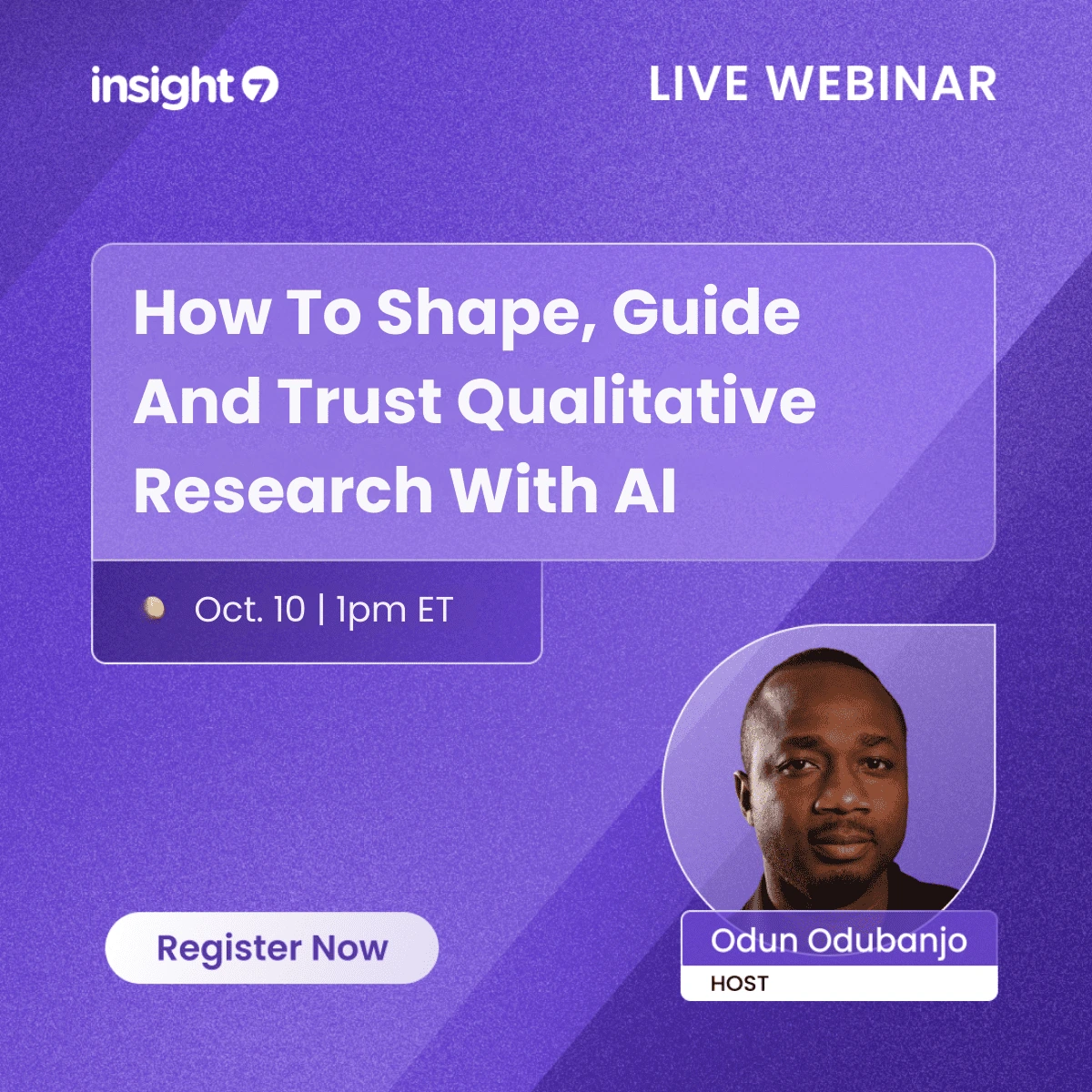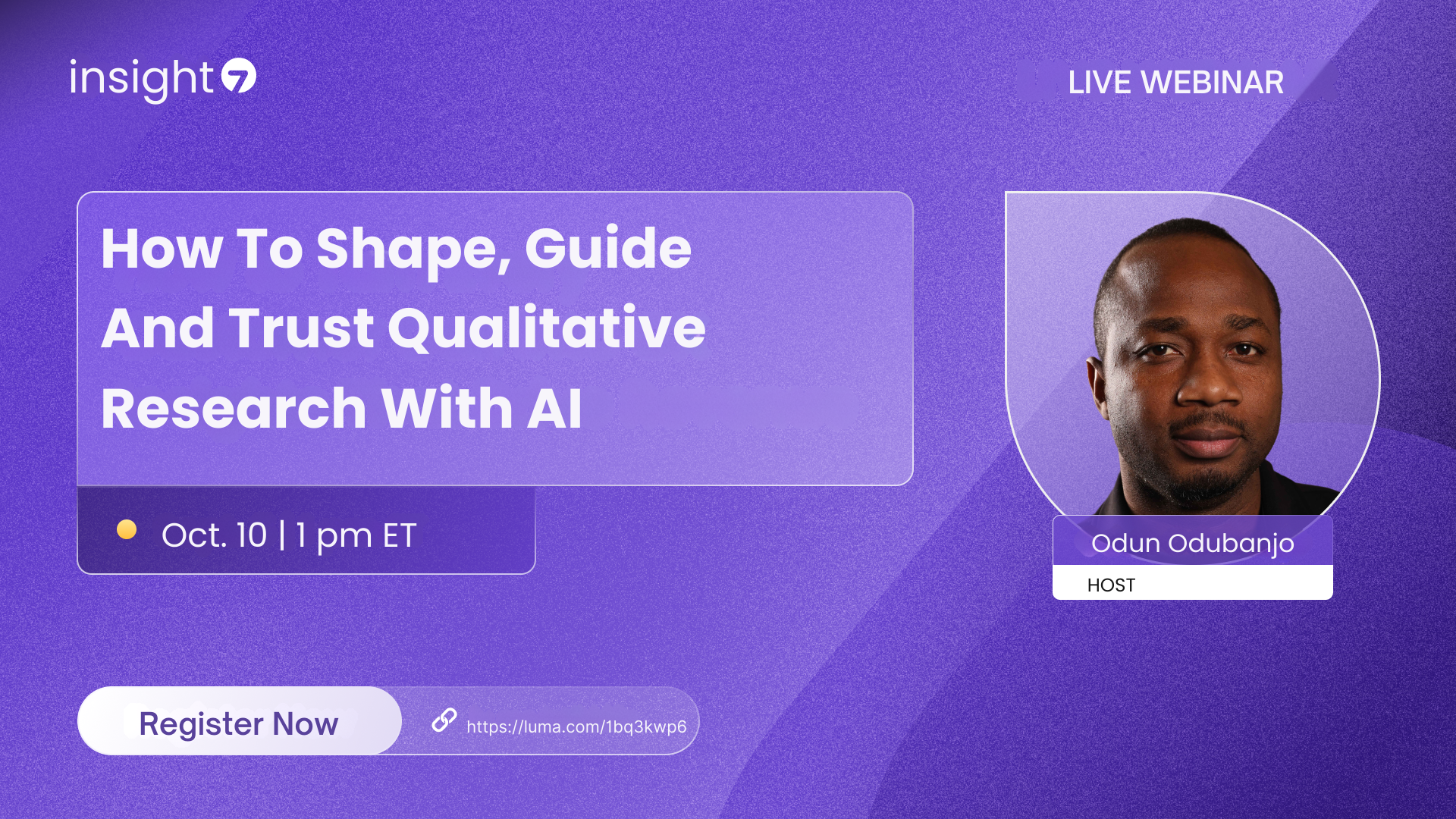Purpose of Research Report: What It Means
-
Bella Williams
- 10 min read
Research Objective Insight drives the creation of research reports, which serve as essential tools for understanding complex data. These documents not only summarize findings but also articulate the rationale behind the research conducted. By revealing insights into users’ experiences and preferences, research reports guide decision-making processes and strategic planning.
Understanding the purpose of research reports extends beyond merely presenting data; it involves interpreting what the data signifies in real-world contexts. A well-crafted report provides clarity on objectives, highlights key findings, and offers actionable recommendations. This approach ensures that stakeholders can make informed decisions based on reliable insights, ultimately driving success in their endeavors.
Transcribe & extract insights from interviews. At Scale.

Research Objective Insight: Defining the Purpose of Research Reports
Understanding the purpose of research reports is essential for effective communication of data insights. Research Objective Insight delves into why research reports exist and the value they bring to decision-making processes. These documents serve to present data in a structured way, allowing stakeholders to grasp the key findings, objectives, and implications of the research conducted.
A well-defined research report consists of several critical components. First, the introduction clarifies the report’s objectives, guiding readers toward the anticipated outcomes. Next, presenting a comprehensive methodology demonstrates transparency and enables reproducibility of results. Lastly, a conclusion summarizes the implications of the findings, offering actionable recommendations. Each of these elements plays a vital role in ensuring the report is both informative and functional, ultimately supporting organizations to make data-driven decisions.
Research Objective Insight: Why Research Reports Matter
Research Objective Insight is essential in understanding the significance of well-crafted research reports. These documents serve not only to convey findings but also to inform stakeholders about key insights, trends, and actionable recommendations. A well-defined research objective strengthens the report’s credibility and focus, guiding the analysis while addressing specific questions that stakeholders may have.
Regularly utilizing research reports fosters greater decision-making capabilities and enhances problem-solving strategies. By synthesizing complex data into understandable formats, research reports bridge the gap between raw information and strategic implementation. They help organizations pinpoint customer needs, identify market opportunities, and mitigate potential risks. Understanding why research reports matter leads to better preparedness in navigating challenges and adapting to evolving market conditions. As such, prioritizing well-defined research objectives contributes to the overall effectiveness and reliability of these vital business tools.
Research Objective Insight: Breaking Down the Elements of a Research Report
Research Objective Insight involves breaking down the essential elements found within a research report. Understanding these elements is fundamental for both conducting and interpreting research effectively. Each component plays a specific role, ensuring that the report serves its ultimate purpose: to provide clear, actionable insights.
The core elements include clearly defined objectives, comprehensive methodologies, robust data analysis, and thoughtful conclusions. Each of these aspects contributes to the overall integrity and relevance of the report. Research objectives guide the study’s focus, methodologies outline how data is collected, while analysis and conclusions translate findings into actionable insights. Therefore, grasping these components is vital, as they allow stakeholders to make informed decisions based on reliable data. By thoroughly examining these pieces, researchers can create reports that not only inform but also drive strategic actions.
Generate Detailed Reports from Your Qualitative Data in Minutes.
Research Objective Insight: The Role of Research Reports in Various Fields
Research Objective Insight reveals how research reports serve critical roles in various fields, guiding decision-making and shaping future strategies. In business, these reports provide clarity on market trends, consumer behavior, and competitive analysis, ensuring informed choices. For academics, research reports are vital in disseminating knowledge and fostering intellectual debates, thus advancing understanding within academic communities.
In healthcare, research reports support evidence-based practices, enhancing patient care and system efficiency. Public policy relies on comprehensive research reports to formulate regulations and address societal needs effectively. Their versatility across fields highlights the significance of conducting thorough research to validate findings and develop actionable insights. By harnessing Research Objective Insight, professionals can transform raw data into strategic advantages, driving progress and fostering informed discussions.
Research Objective Insight: Real-World Applications and Case Studies
Research Objective Insight plays a crucial role in examining how real-world applications can manifest findings from research. In practice, this involves systematically gathering evidence, identifying customer pain points, and interpreting desires that can guide decision-makers. By analyzing actual case studies, we can see how data collected during interviews leads to actionable insights that inform product development and marketing strategies.
Case studies provide concrete examples that illustrate the impact of these insights on businesses. For instance, a company may discover significant feedback during customer interviews about a product’s usability. By responding to this feedback, businesses can enhance product features and ultimately boost customer satisfaction. Thus, understanding the Research Objective Insight equips organizations with the tools needed to translate research findings into effective, real-world applications that drive success.
Research Objective Insight: Key Differences Across Disciplines
Research Objective Insight reveals fascinating disparities in how different disciplines approach their research goals. For instance, in the sciences, research often aims to uncover empirical truths through rigorous experimentation. Conversely, social sciences tend to focus on understanding human behavior and societal structures, emphasizing qualitative over quantitative data. These disciplinary nuances shape not only the methodologies adopted but also the types of questions researchers ask.
In business research, objectives may revolve around market trends and consumer behavior, aiming to inform strategy. Education research, however, often targets pedagogical effectiveness and learning outcomes. By recognizing these differences, one can better appreciate how the context of a study influences its objectives, methodology, and ultimate value. Understanding these distinctions helps researchers align their methods with their goals, enhancing the overall reliability and applicability of their findings.
Conclusion: The Comprehensive Insight of Research Report Purposes
The insights gained from research reports serve as a vital cornerstone for understanding various objectives. By dissecting the purposes of these reports, we gain a clearer perspective on how they guide decision-making processes. This comprehensive insight directs stakeholders toward meaningful conclusions, enabling them to tailor strategies effectively.
Transcribe & extract insights from interviews. At Scale.

Research report purposes extend beyond simply presenting data; they encapsulate the essence of informed judgment. The clarity surrounding research objectives allows organizations to channel their efforts more efficiently. Ultimately, understanding the purpose behind research reports fosters an environment where questions are answered, and actionable insights lead to tangible outcomes.







